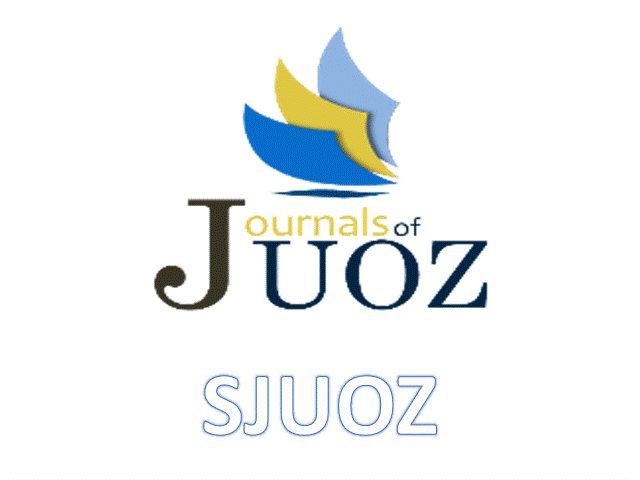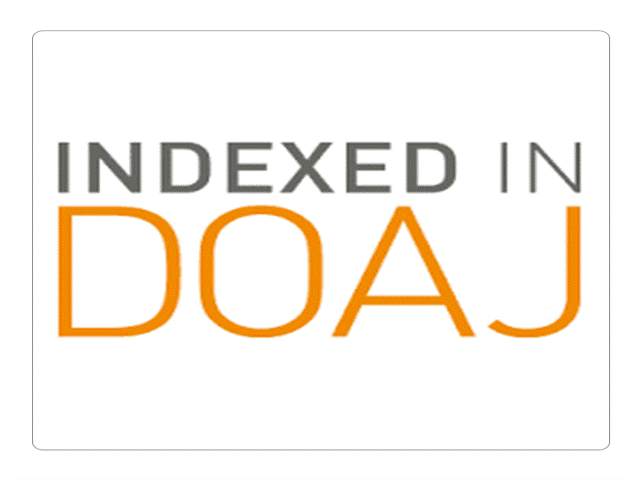A Study on Solid Waste Composition and Characteristics of Mosul City/Iraq
Keywords:
solid waste, composition, Waste Generation, solid waste characteristicsAbstract
Mosul city, like many other cities in IRAQ, is currently experiencing serious problems at all stages of solid-waste management, that is the collection, sorting, transportation, and disposal of garbage. Presently, Mosul city (1.52 millions inhabitants and 3.0 % growth rate) produces over 377264 tons of waste a year or 1033.6 tons per day .The above estimates was obtained through solid waste survey comprising selected families. These families were thought to represent the city in terms of cultural, religious, economical and social aspects. 1680 sample of solid waste were collected from February to end of June 2009. The results revealed that the city generated 0.68 kg/capita/day and that the usual composition was dominated by organic and food constituents. It appeared that social & economical aspects as well as the current instability and insecurity conditions of the country had a considerable impacts on both generation and composition of solid waste. The average studied physical and chemical properties were estimated and tabulated. Their values were (65-480Kg/m3), (90812KJ/Kg ), (50.2%) and (48.86Kg/100Kg) for density, total energy, moisture content and dry weight respectively.
Downloads
References
2. Al-rawi S.M., (2007);" Selection ,Design , and Management of Landfill Site(s) for Mosul City " ASTF ,246p.
3. Al-Rawi S.M., (2010) ;" Lectures Delivered at Environmental Education Course for Governmental Offices " Mosul , Iraq .
4. Al-Rawi S.M., and AL-Tayyar,T. A. (2011); " Two Decades Comparison of Solid Waste Composition and Generation in Mosul City"Tikrit Journal,
5. Al Wattar O.M., (2006); " Population, Residential Solid Waste Generation and Containers Needed in Mosul City" j. Solid Waste Technology Management Vol .32 No.2, USA, pp.89-108.
6. Bernache-Perez G., Sánchez-Colón S. , Garmendia A.M., Dávila- Villarreal A., and Sánchez-Salazar M.E., (2001); "Solid waste characterization study in Guadalajara Metropolitan Zone, Mexico" Waste Management & Research, 19, pp. 413-424.
7.Hickman H. Jr., (1999); " Principles of Integrated Solid Waste Management" American Academy of Environmental Engineers , USA, 660p.
8.Idris A., Inanc B., Hassan M. N., (2004); "Overview of waste disposal and landfills/dumps in Asian countries" J Mater Cycles Waste Management, 6, pp. 104-110.
9. Khan I. H., Ahsan N., (2003); " Textbook of Solid Waste Management" Satish Kumar Jain for CBS Publisher and Distributors, New Delhi, 608p.
10. Mcbean E.A., Rovers F. A., Farquhar G.J., (1995); " Solid waste landfill engineering and design" Prentice Hall PTR, Englewood Cliffs, New Jersey, 544p.
11. Municipality of Mosul,( 2007); "Report on Solid Waste Management" /Personal Communication, Mosul/ IRAQ,
12. Qusus S. K., (1988); "Composition and Generation rate of the solid waste of hospitals and medical laboratories in Amman" MSc. Thesis, Faculty of Graduate studies, Jordan University, Amman, Jordan, 183p.
13. Srivastrava P.K., Kulshreshtha K., Mohanty C.S., Pushpangada P., (2005); "Stakeholder-based SWOT analysis for successful municipal solid waste management in Lucknow, India"J. Waste Management, 25, pp.531- 537.
14. Tchobanoglous G, Theisen H, and Vigil S. A., (1993); "Integrated Solid Waste Management" McGraw Hill Book Co. Student edition, USA, 978p.
15. UNEP, (2003); " Desk Study on the Environment in Iraq", Kenya, 96p.
16. UNOPS, (2007); " Enhancement of Solid Waste Management Capacity and Facilities in Mosul City " Amman , Jordan, 37p.
17. WHO/Regional Office For Europe, (1995); "Solid Waste and Health" Local Authorities,, Health and Environment Series No.5 Copenhagen, Denmark, 54p.
18. Yousuf, Wafa F., (1988); "Management and Disposal of Domestic Waste in Mosul City" M.Sc. Thesis, Mosul University, College of Engineering, 106p.
Downloads
Published
How to Cite
Issue
Section
License
Copyright (c) 2013 Sati M. Al- Rawi, Taha A. Al-Tayyar

This work is licensed under a Creative Commons Attribution 4.0 International License.
Authors who publish with this journal agree to the following terms:
- Authors retain copyright and grant the journal right of first publication with the work simultaneously licensed under a Creative Commons Attribution License [CC BY-NC-SA 4.0] that allows others to share the work with an acknowledgment of the work's authorship and initial publication in this journal.
- Authors are able to enter into separate, additional contractual arrangements for the non-exclusive distribution of the journal's published version of the work, with an acknowledgment of its initial publication in this journal.
- Authors are permitted and encouraged to post their work online.








